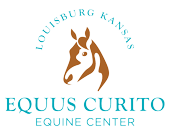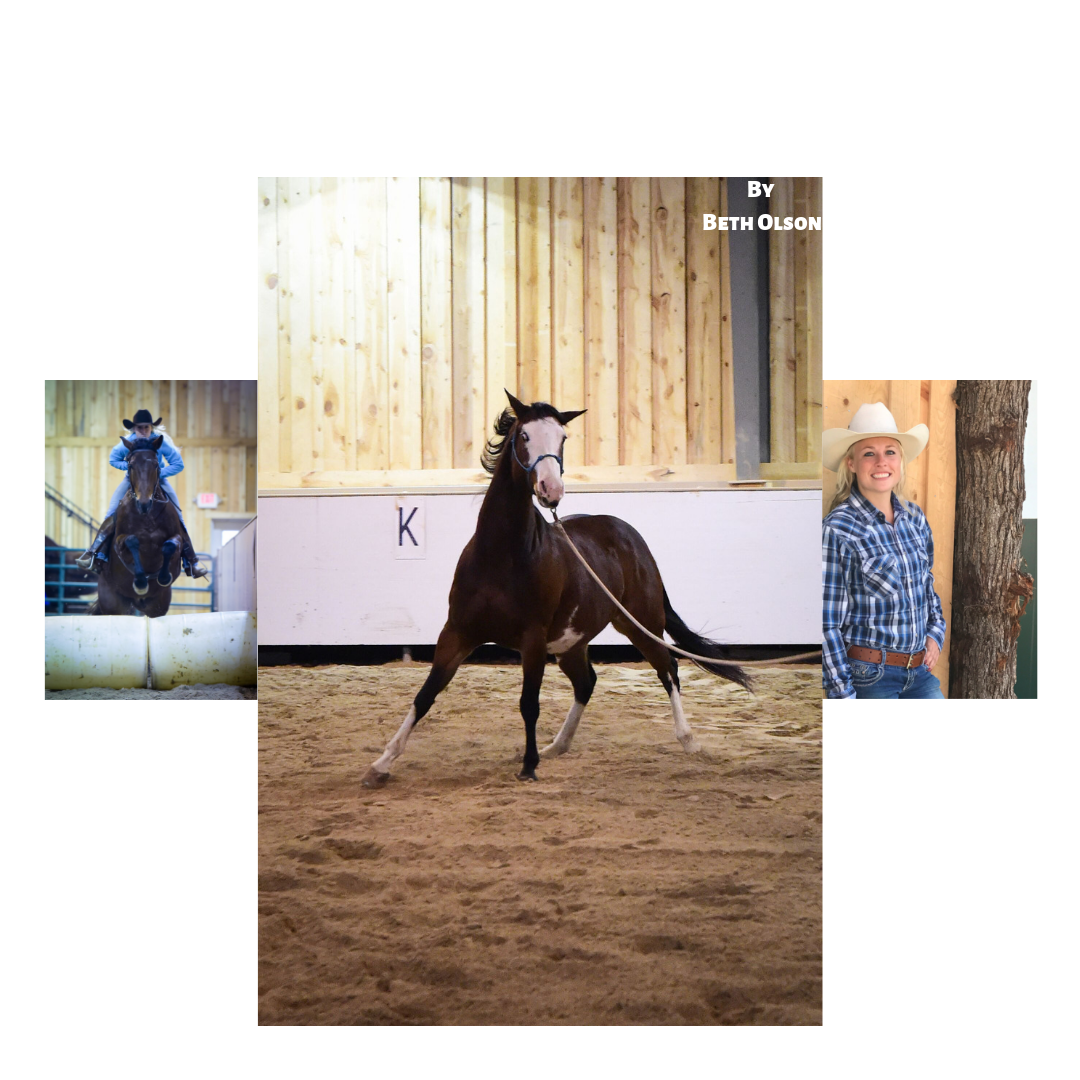Does this sound familiar?
Have you ever ridden a horse that, no matter how hard you try, you just can not get to slow down at the trot or canter? You may feel totally in control of the direction you are going and even have a great stop or downward gait transitions, but it will all be at 100 MPH? Or maybe your horse naturally is not that fast but you would like more control of their speed at each gait. In this article I will cover the most common causes of a fast horse that I deal with regularly and how to approach and fix the situation.
The rider:
First and foremost, with all aspects of horsemanship, the rider must first look at themselves. A horse can feel every movement and shift of the rider. Therefore, it is important for the rider to be constantly aware of their own body and movements. A rider needs to have RHYTHM and FEEL. This is something that, in my opinion, is extremely under-discussed and under-taught. There is a sitting trot rhythm. There is a posting trot rhythm. And there is a canter rhythm. Imagine you are on your horse right now at the canter. Your hips are moving with the saddle. Your legs are flowing with the horse in a controlled, soft manner. Your feet are staying still in your stirrups. Your top half is upright and not bouncing around. You can actually feel the cantering rhythm of your horse. Now, think about actively slowing your rhythm down, don’t change your feel, just slow it all down. Just a tad to start. A broke horse with none of the following issues, will actually adjust its speed to match yours. Keep in mind that if the rider has not been riding with feel and rhythm then the horse has been conditioned to ignore the riders rhythm, and it may take a handful of sessions to recondition the horse to listen to the rider’s body.
Too front end heavy:
A horse that is heavy on the front end will often move very quickly and not be able to slow itself down. If rider is unable to get the horse to shift his weight to his hind it end tells me the horse lacks self carriage and body control. I would suggest doing drills that teach the horse to use and engage it’s hind end. Stopping, backing (until the horse picks up his feet and shifts his weight some), then roll back into the fence. Trot poles properly spaced to teach the horse to reach with his legs are also wonderful.
Lack of body control:
I like to use a basketball analogy for this issue. On a basketball team there are five players on the court, each with their own individual job. If all the players had the same job and position then the team would not be any good. They have to work separately in their own way, but still have to work TOGETHER as a team. That’s how your horse’s body parts should be. You should individually be able to engage/disengage your horse’s hips, shoulders, poll, barrel, their feet etc… If you can do all that but are unable to get the hips and shoulders to work together then you don’t have correct body control. Half passing, side passing and roll backs are great exercises to work on for this.
Not understanding cues:
This is definitely one of the most common issues. A horse should not automatically assume if it feels right leg pressure alone, or left leg pressure alone that it should speed up. You should be able to move your horse laterally off of each leg and be able to turn off of your leg. For this you will want to go all the way back to the basics of asking your horse to move off your leg at the walk. Rollbacks are handy to help this, turn right and use left leg. Pretty simple. Turn left and use right leg. Repeat until the horse simply moves off your leg rather than speeding up. Remember to give him a break when he does it correctly.
In conclusion:
Make sure to set your horse up for success! Don’t try to cram it all into one session. Realize this is something that can take a great deal of time to correct, especially if the horse is a little bit older. And of course, always seek professional help if you are not 100% certain you are doing something correctly!
By Beth Olson

